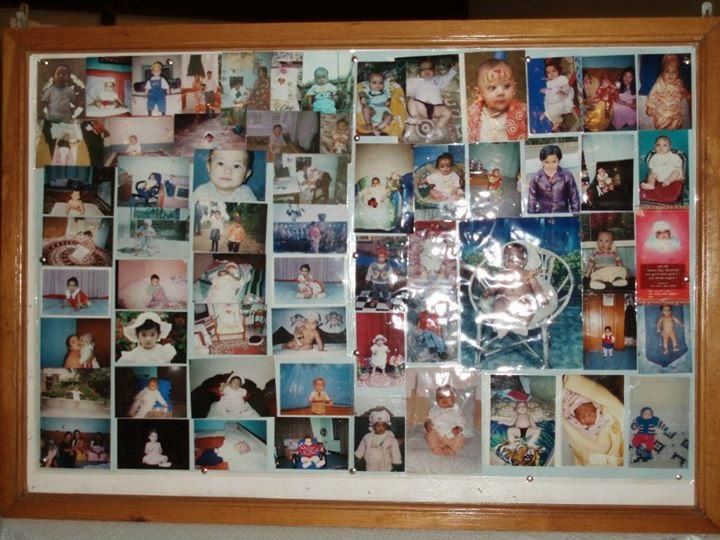Nepali ‘test-tube baby’ could become a reality
By Suvecha Pant
KATHMANDU, July 9: 2002
What can be termed as a breakthrough in science and technology in Nepal, "test-tube" baby production is underway for couples who are without children or who have not had one for a long time.
A treatment centre at Putalisadak,
"This is good news for the fifteen percent of the population in
So, how are test-tube babies produced? "In Vitro Fertilisation (IVF) or test-tube babies are the basic assisted reproduction technique in which fertilisation occurs in vitro (literally in glass)," explained Shrivastav. She further added that the man’s sperm and the woman’s egg are combined in a laboratory dish, and after fertilisation, the resulting embryo is then transferred to the woman’s uterus.
"The five basic steps in an IVF treatment cycle are superovulation (stimulating the development of more than one egg in a cycle), egg retrieval, fertilisation, embryo culture, and embryo transfer," said Shrivastav adding that the stimulation period would begin by August.
"IVF will benefit Nepali couples that are not able to conceive for various reasons and presently have to travel to
Therefore, at a cheaper price than
Inspite of this, for those parents who are without children, even this success rate brings some sense of hope.
Although very common in developed nations, both the lack of highly trained doctors in
Travelling back in history, the first test-tube baby was born in
On the other hand, the birth of the first test-tube baby caused an international sensation, with some critics denouncing conception outside the body as immoral.
Published article on The Kathmandu Post, July 09, 2002














